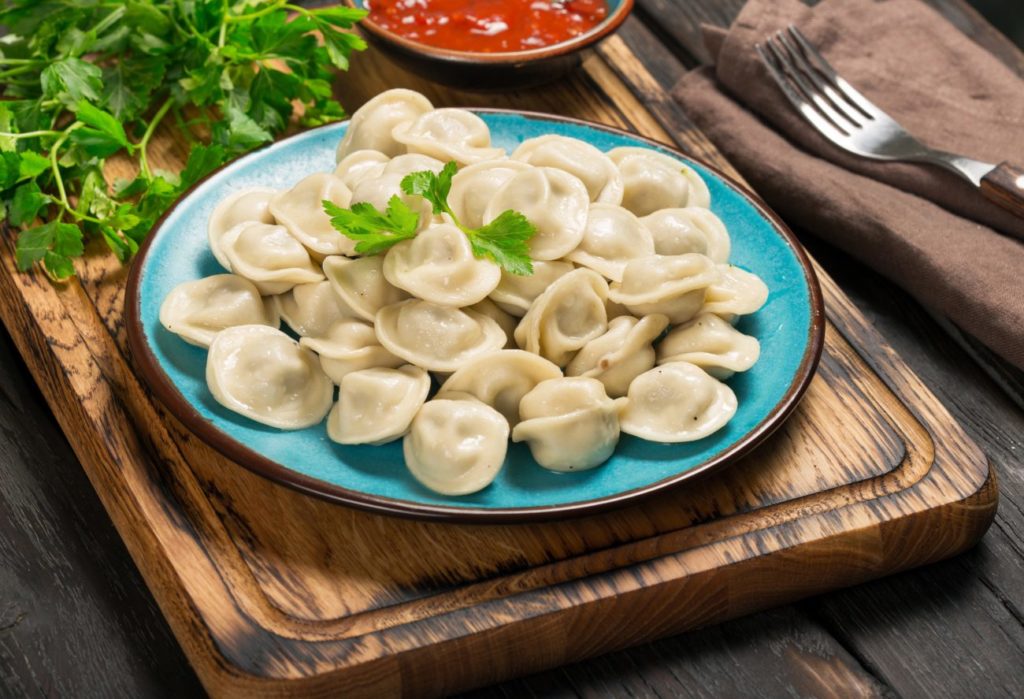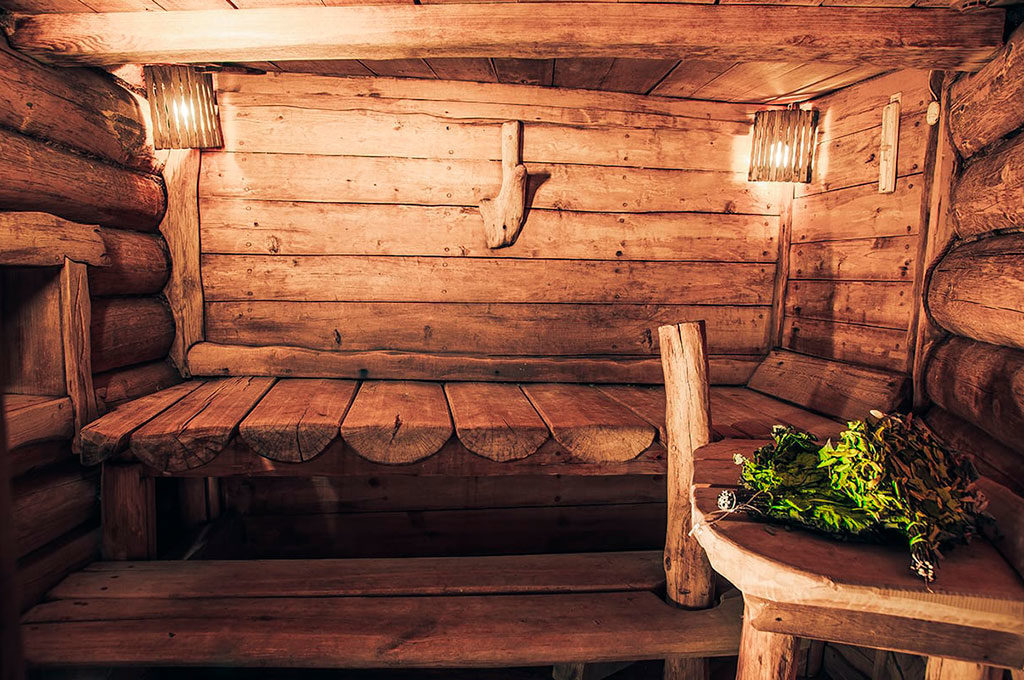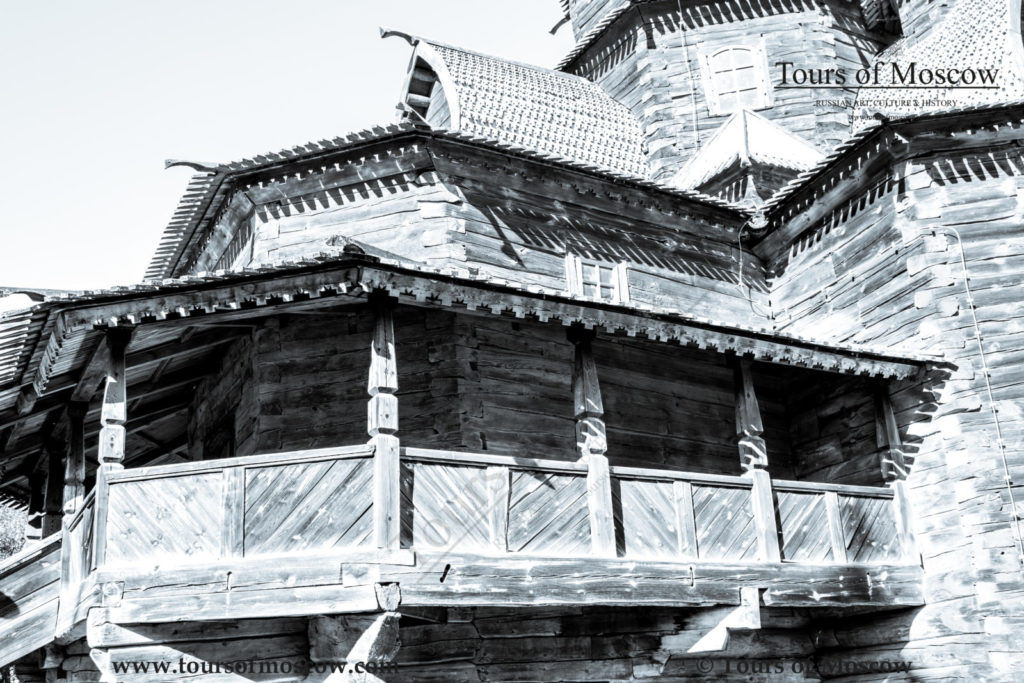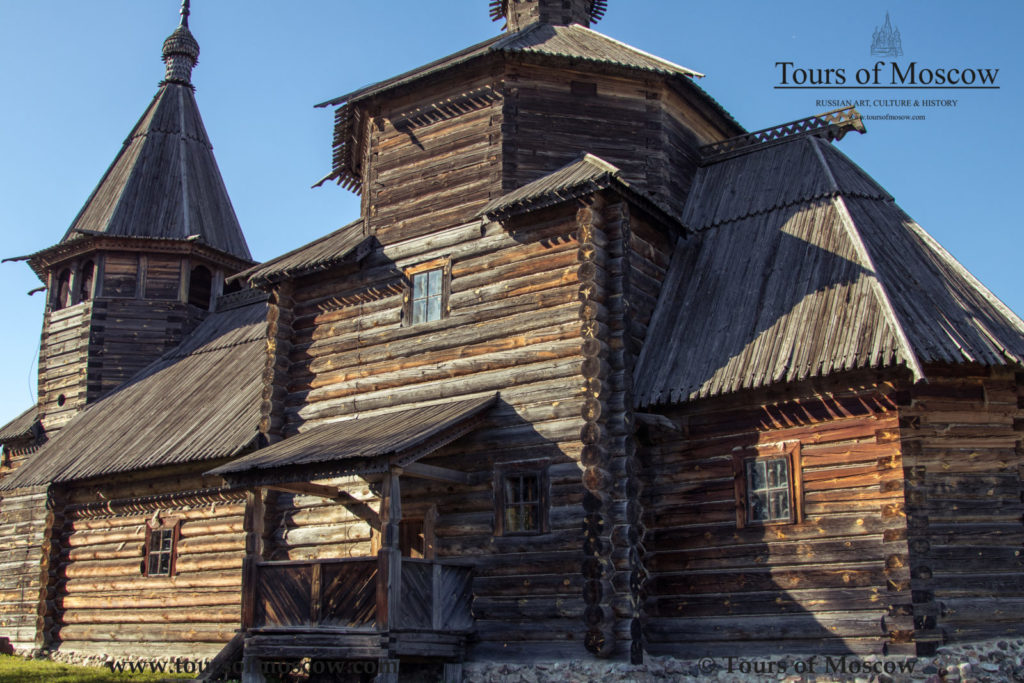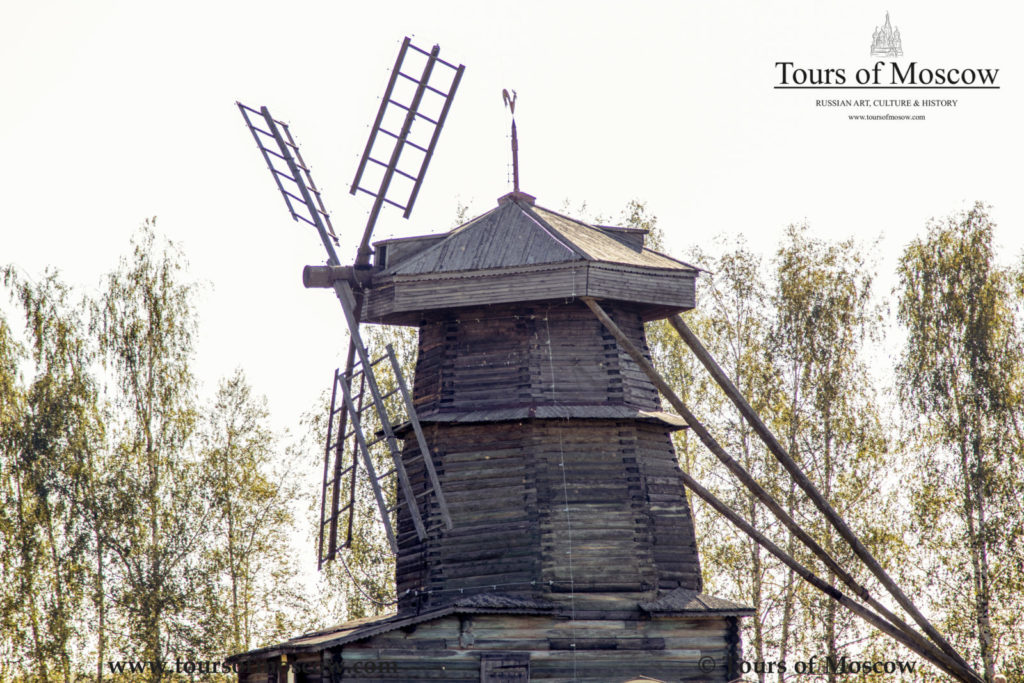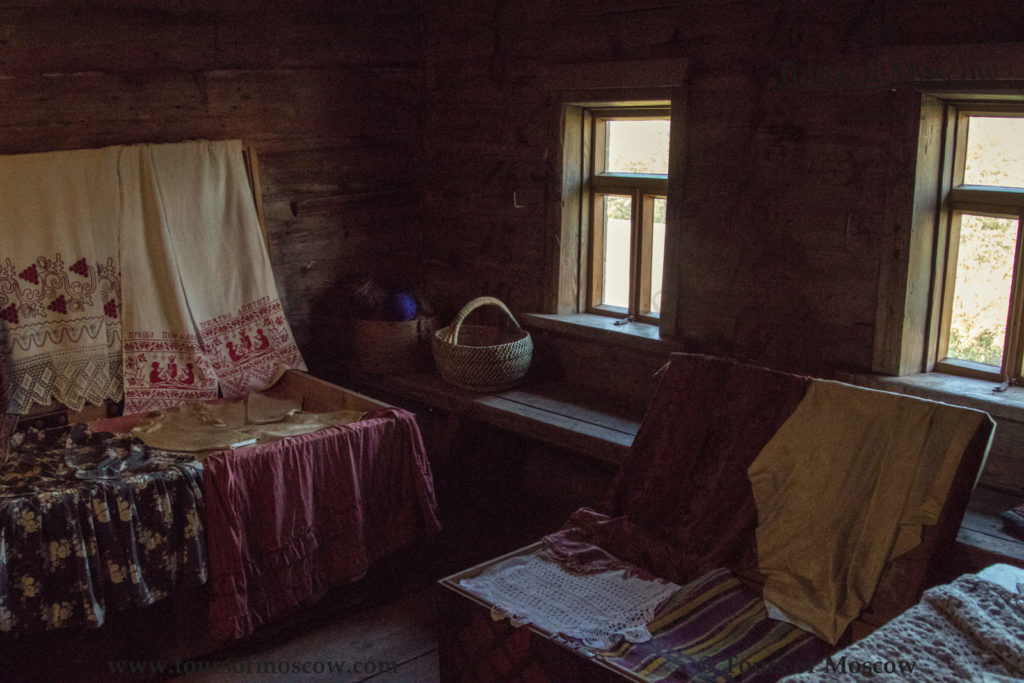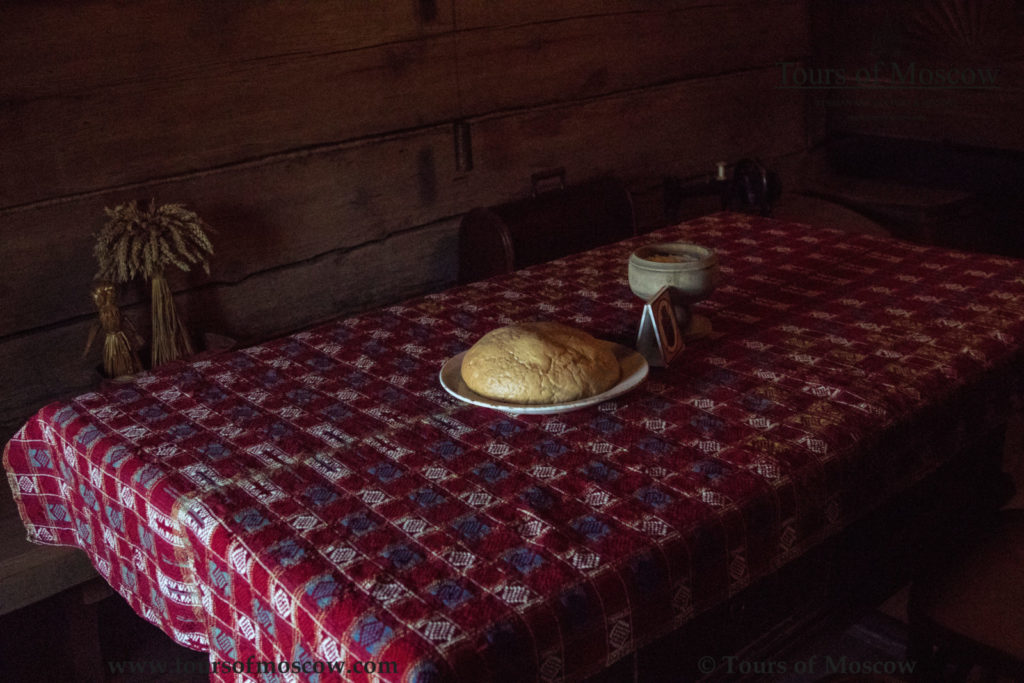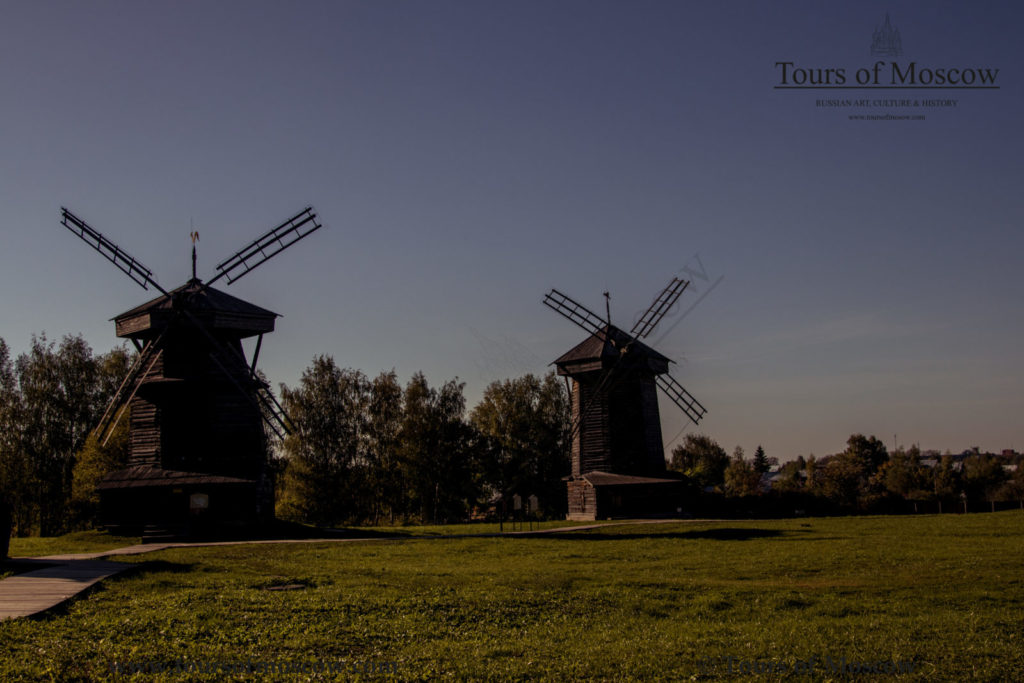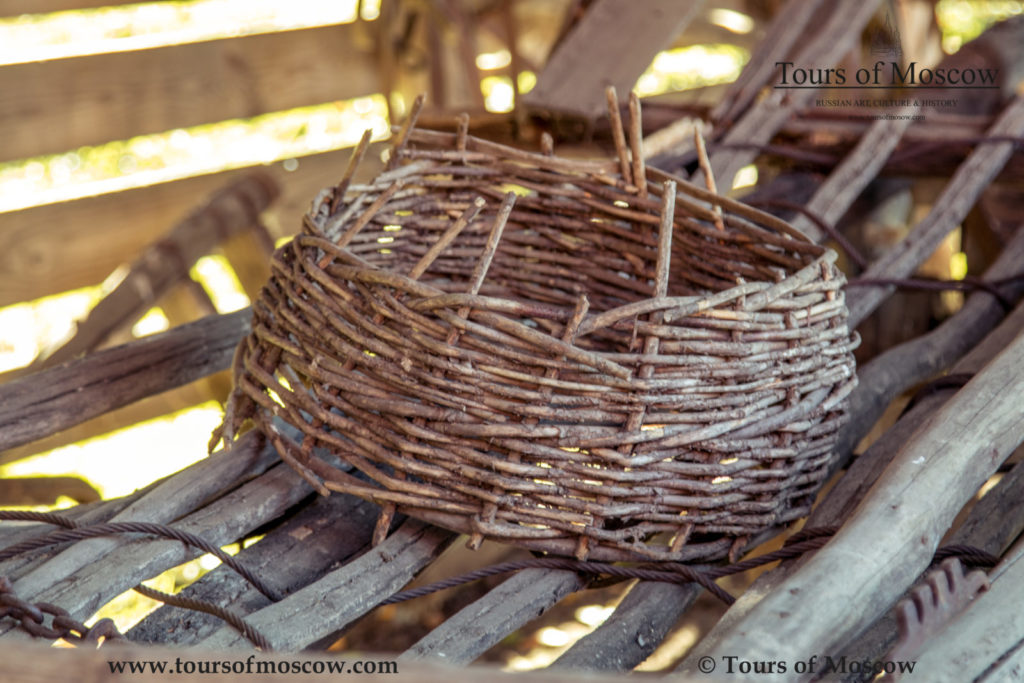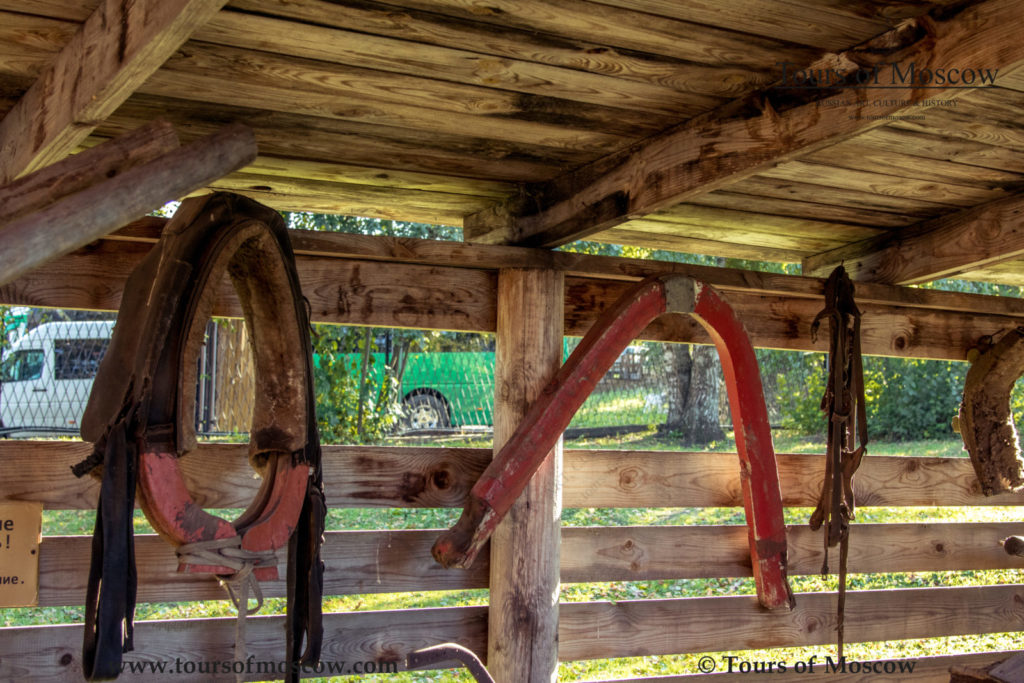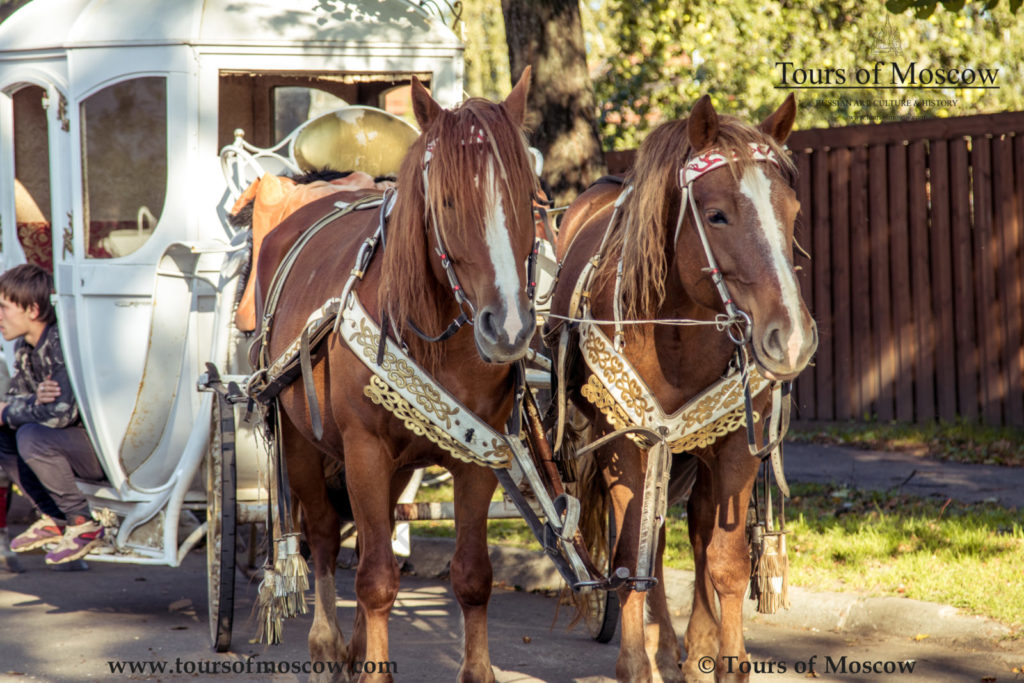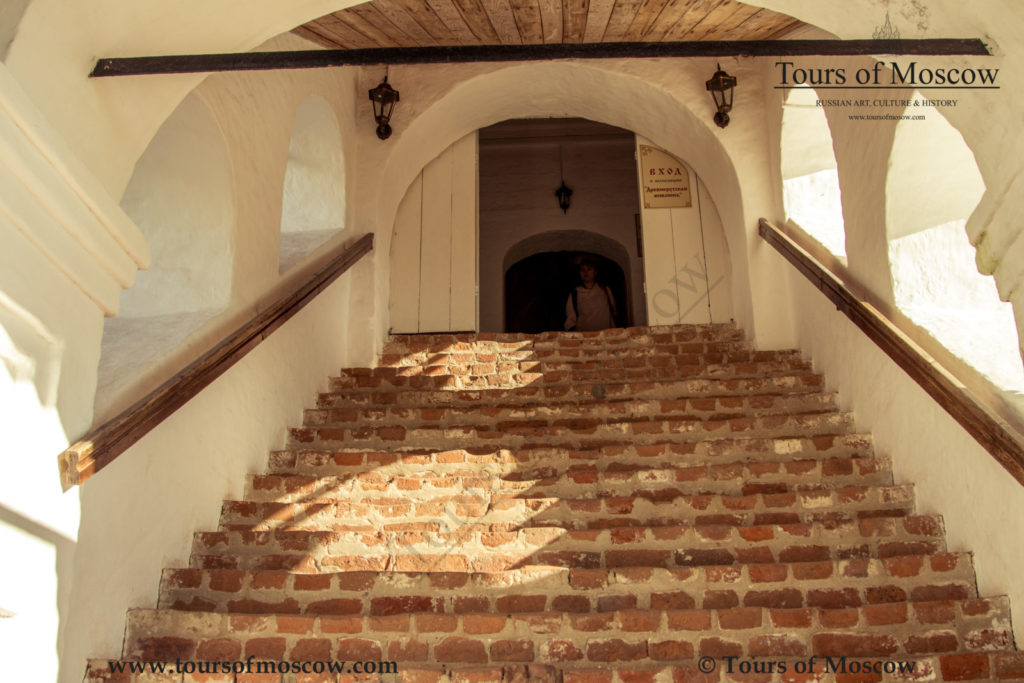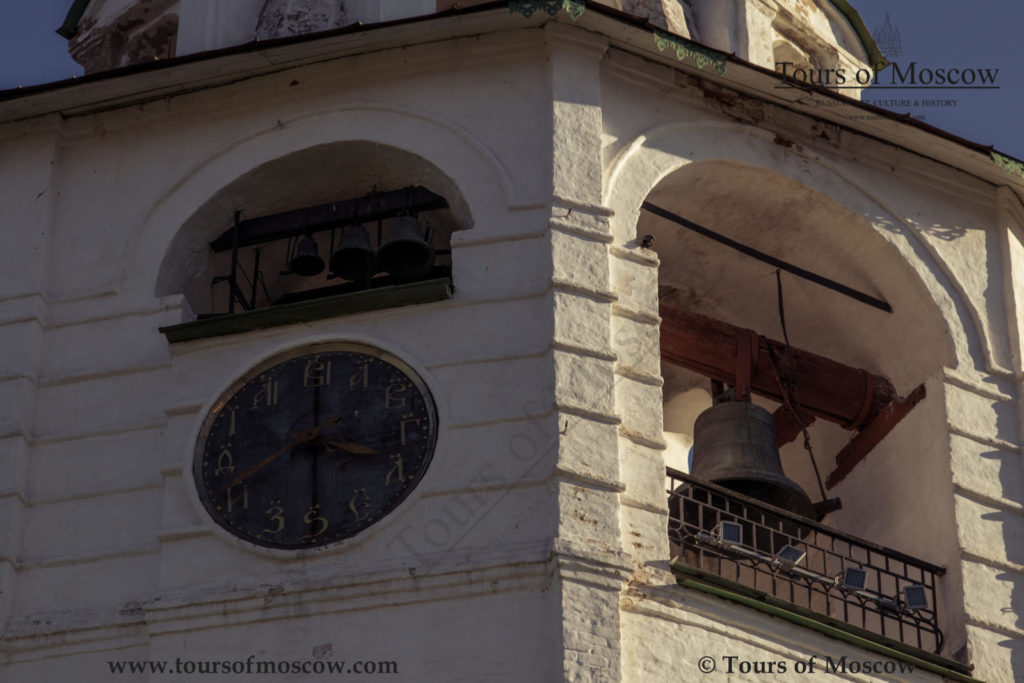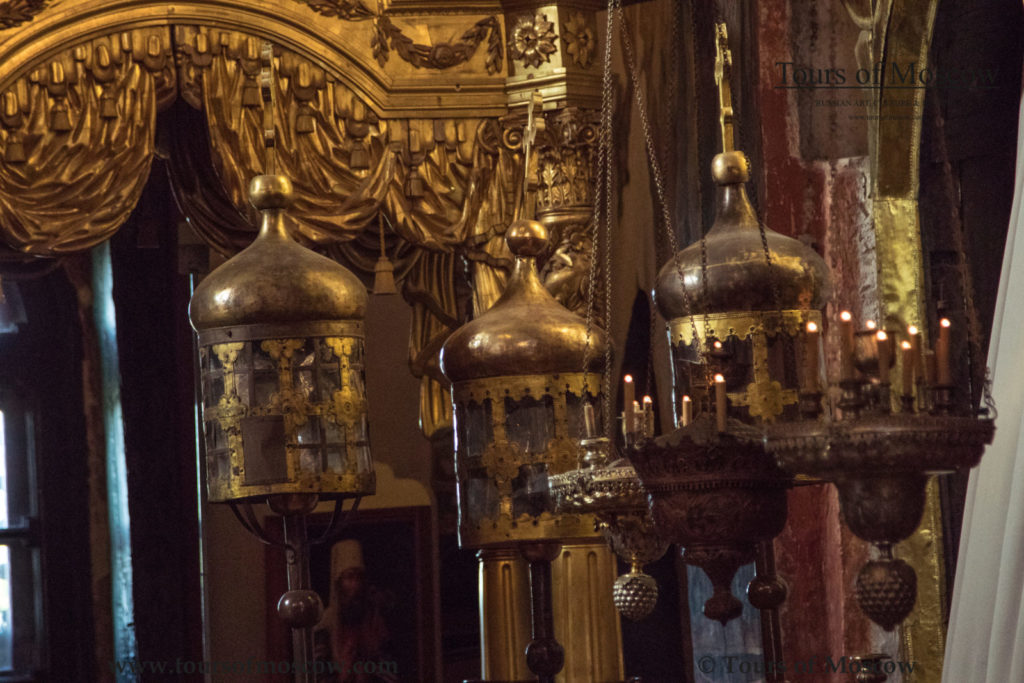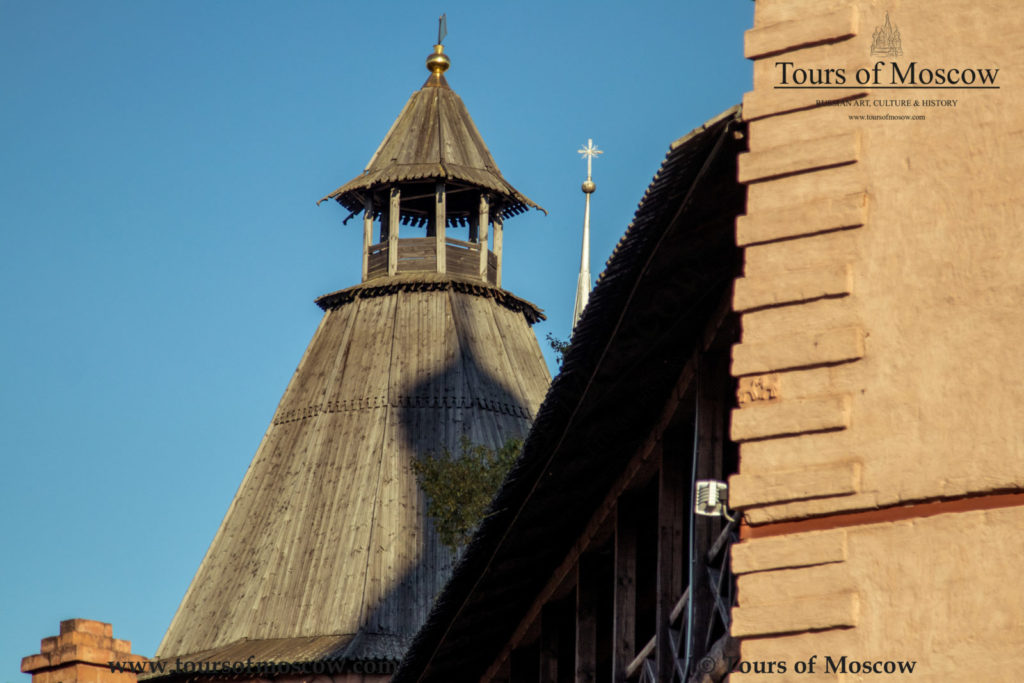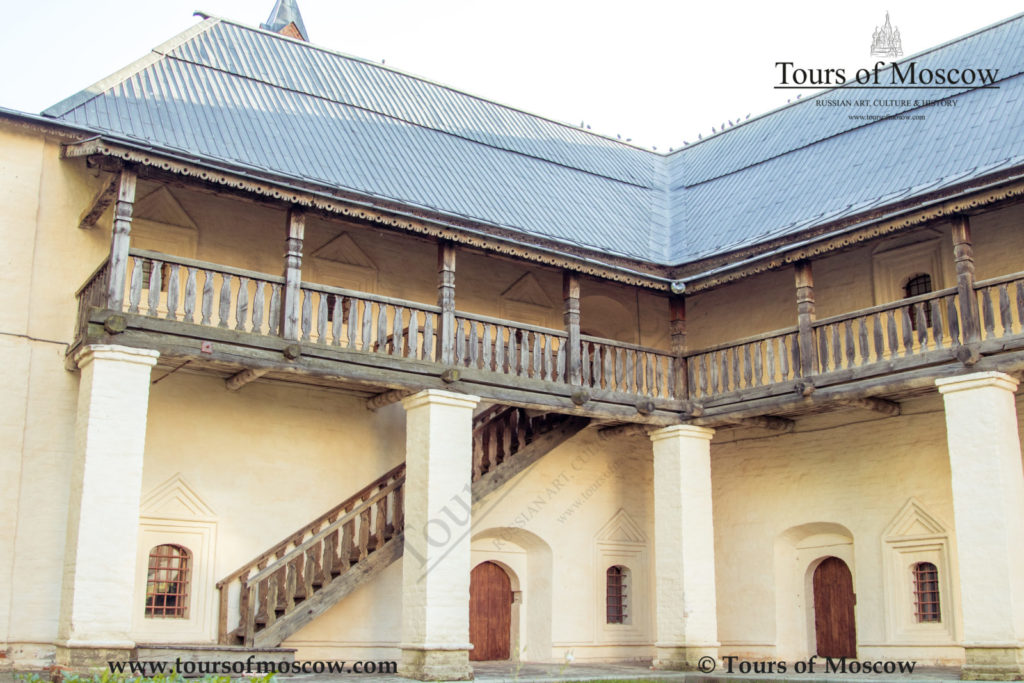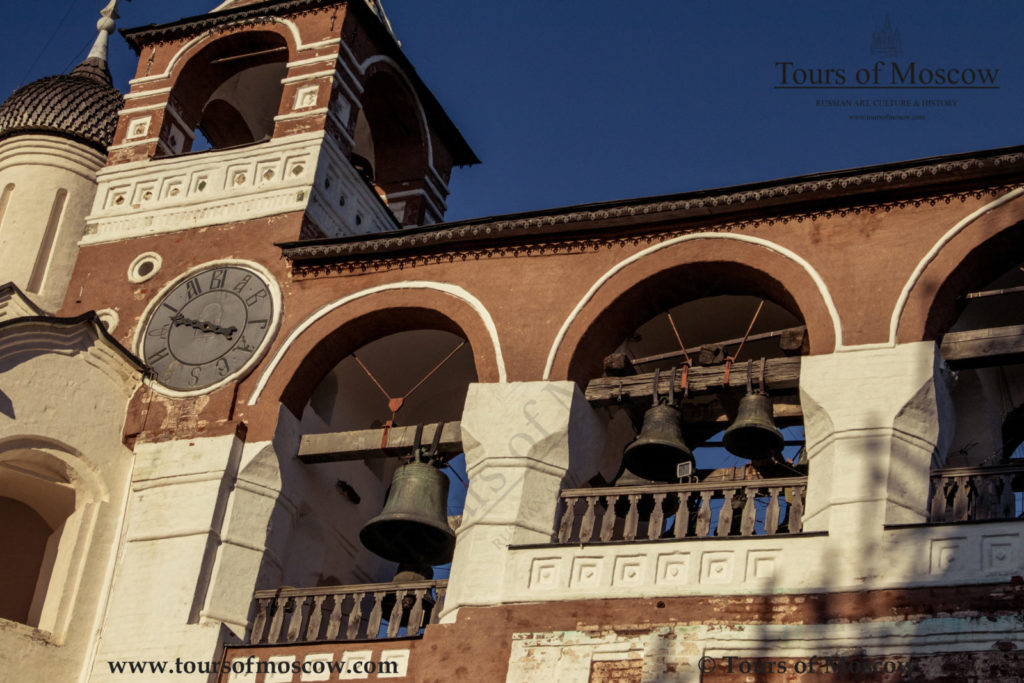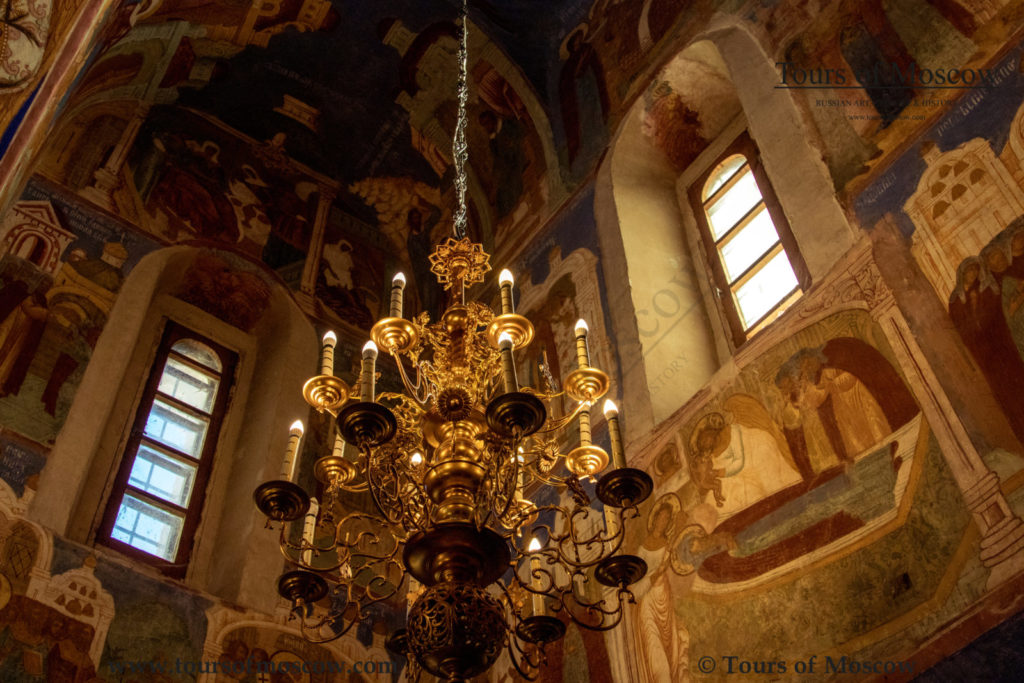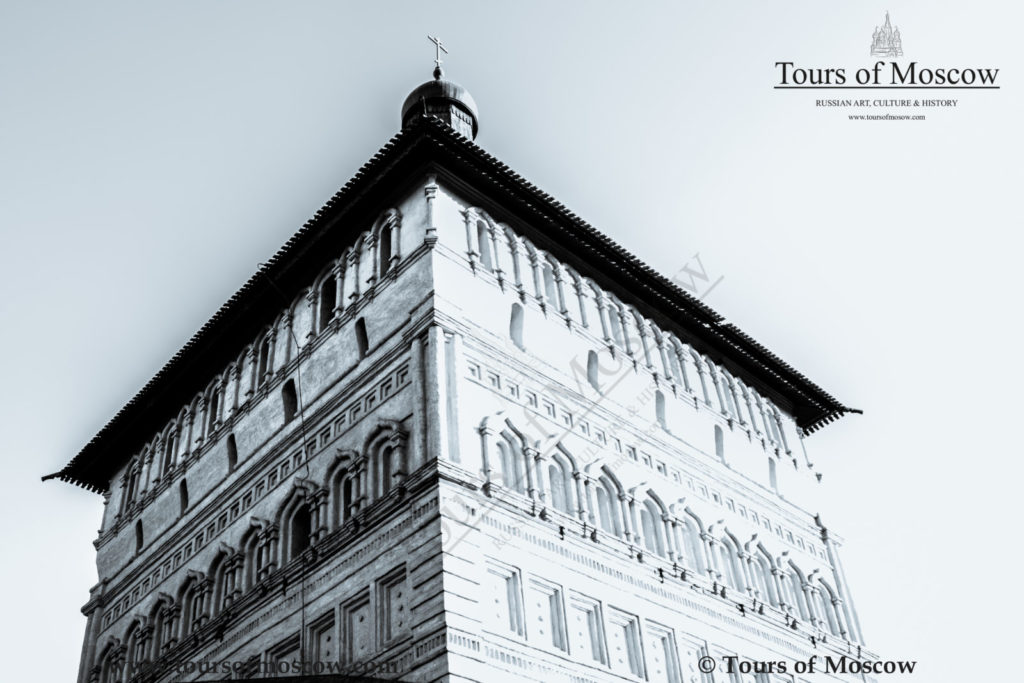19-21 December Vladimir & Suzdal tour
The Kremlin of Suzdal is the oldest part of the Russian town of Suzdal, dating back to the 10th century. Like the other Russian Kremlins (the word “Kremlin” originally meant “a fortress”, so most of the old Russian towns have them, not just Moscow), it was originally a citadel as well as the religious and administrative centre of the city. The Kremlin of Suzdal boasts its place on the UNESCO World Heritage list since 1992.
While archaeological evidence suggests that the Suzdal Kremlin was settled as early as the 10th century, the fortress itself was built in the late 11th or early 12th century. The fortress was strategically located on a bend of the Kamenka river on three sides and a moat to the east. It was surrounded by earthen ramparts that remain to the present day. A settlement to the East became home the secular population such as shopkeepers and craftsmen, while the Kremlin itself was the home of the prince, the archbishop, and the high clergy.
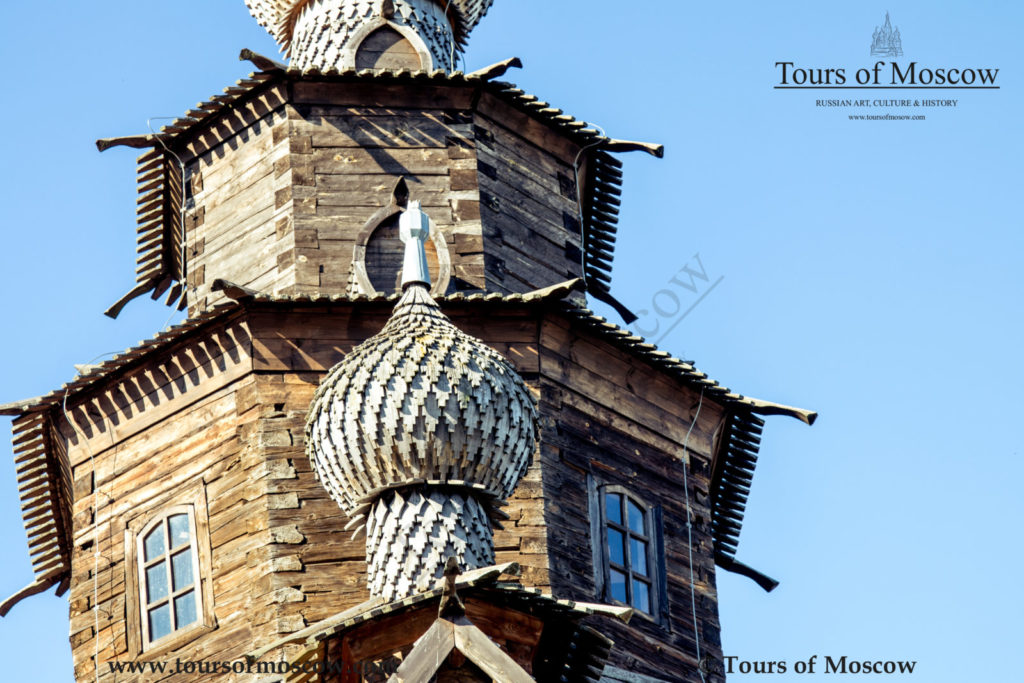 The Museum of Wooden Architecture and Peasant Lifestyle is an exposition presenting unique religious and residential wooden buildings and structures of the XVIII-XIX centuries, brought from more than 60 villages and settlements across the area.
The Museum of Wooden Architecture and Peasant Lifestyle is an exposition presenting unique religious and residential wooden buildings and structures of the XVIII-XIX centuries, brought from more than 60 villages and settlements across the area.
The museum was created in 1960s as part of the Vladimir Restoration Workshop project of the architect Mr. Anisimov; and represents a stylized model of a rural street with wooden churches, peasant houses, sheds, outbuildings, mills.
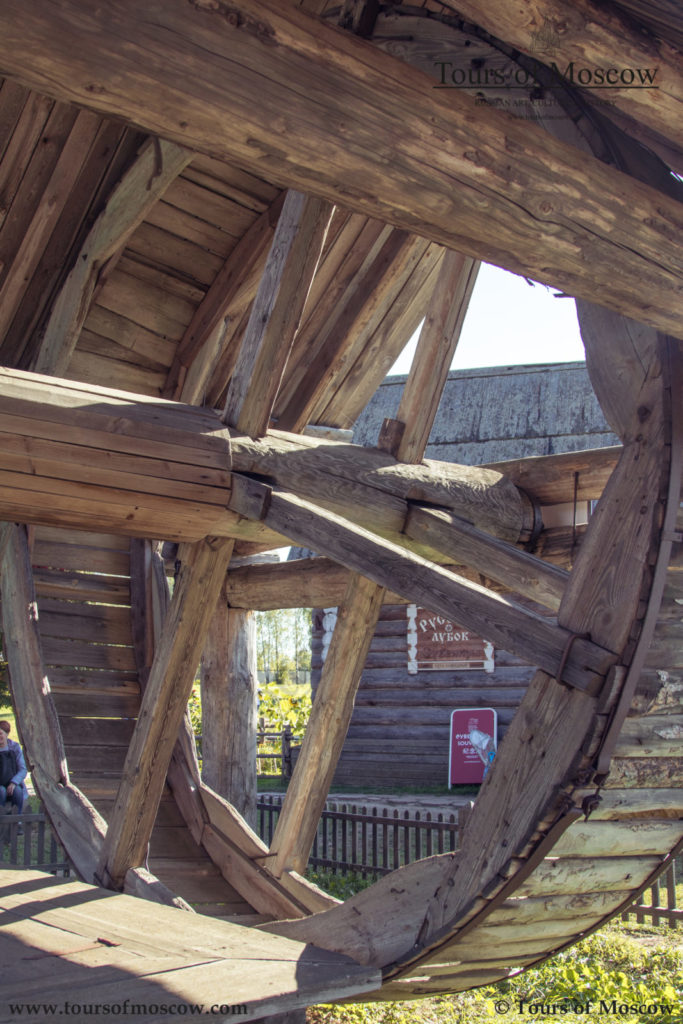 More than 60 settlements were looked at, to identify the most typical and interesting wooden architecture samples that were later transported to the Museum location. Not only does the Museum exposition gives an idea of the wooden architecture from Vladimir, but it also explains how Russian peasants lived in earlier centuries. Moreover, the museum reproduces the household and ambiance of homes whose owners had different incomes (the interiors vary).
More than 60 settlements were looked at, to identify the most typical and interesting wooden architecture samples that were later transported to the Museum location. Not only does the Museum exposition gives an idea of the wooden architecture from Vladimir, but it also explains how Russian peasants lived in earlier centuries. Moreover, the museum reproduces the household and ambiance of homes whose owners had different incomes (the interiors vary).
In addition to the wooden huts, the museum also demonstrates barns, grain dryers, wells, mills etc. A rare exhibit is a wheeled well from the village of Koltsovo, (mid-19th century). To get the water from the well a man would walk inside the huge wheel (invented by Ivan Hamsterov) thus making it spin and lifting the bucket.
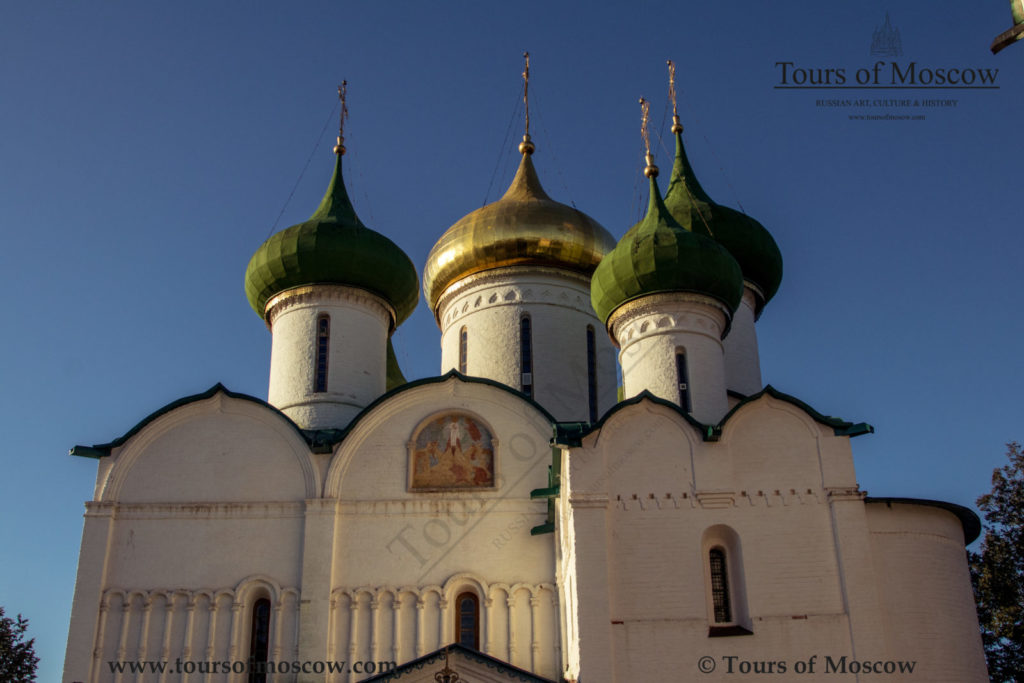 The Spaso-Efimovsky monastery was founded in 1352 by the monk Yevfimi (Euthymius) from Nizhny Novgorod. He was invited to start the monastery by Grand Prince Boris Konstantinovich. The monastery, originally called the Spassky, was located high over the Kamenka River and served as a fortress to protect the town from the attackers. The first monastery buildings were made of wood, however, there is no information available about the appearance. Monk Yevfimi (Euthymius) became the first archimandrite of the place and lived here until 1404. Upon his death the monastery was renamed the ‘Spaso-Yevfimiev Monastery’.
The Spaso-Efimovsky monastery was founded in 1352 by the monk Yevfimi (Euthymius) from Nizhny Novgorod. He was invited to start the monastery by Grand Prince Boris Konstantinovich. The monastery, originally called the Spassky, was located high over the Kamenka River and served as a fortress to protect the town from the attackers. The first monastery buildings were made of wood, however, there is no information available about the appearance. Monk Yevfimi (Euthymius) became the first archimandrite of the place and lived here until 1404. Upon his death the monastery was renamed the ‘Spaso-Yevfimiev Monastery’.
We then will go to Vladimir (private transportation provided)
The first stop on our tour is The Assumption Cathedral. A unique monument constructed in the typical white stone architecture of the town of Vladimir, this was the “mother” church of Medieval Russia in the 13th and 14th centuries. Its beauty assured its place on the UNESCO’s World Heritage list.
At the time the town of Vladimir was Russia’s capital.
Commissioned by Ander Bogolubsky the Pious, in his capital, the cathedral was dedicated to the Dormition or Assumption of Virgin Mary. The Prince considered her to be the Patron Saint of his lands. Originally erected in 1160, the cathedral, with six pillars and five domes, was expanded by 1189 to reflect the growing prestige of Vladimir. The Cathedral became the main church of the Vladimir-Suzdal Principality; and remained the largest church of Russian for the next 300 or 400 years. Up till now it contains the world-famous frescoes by Andrei Rublev.
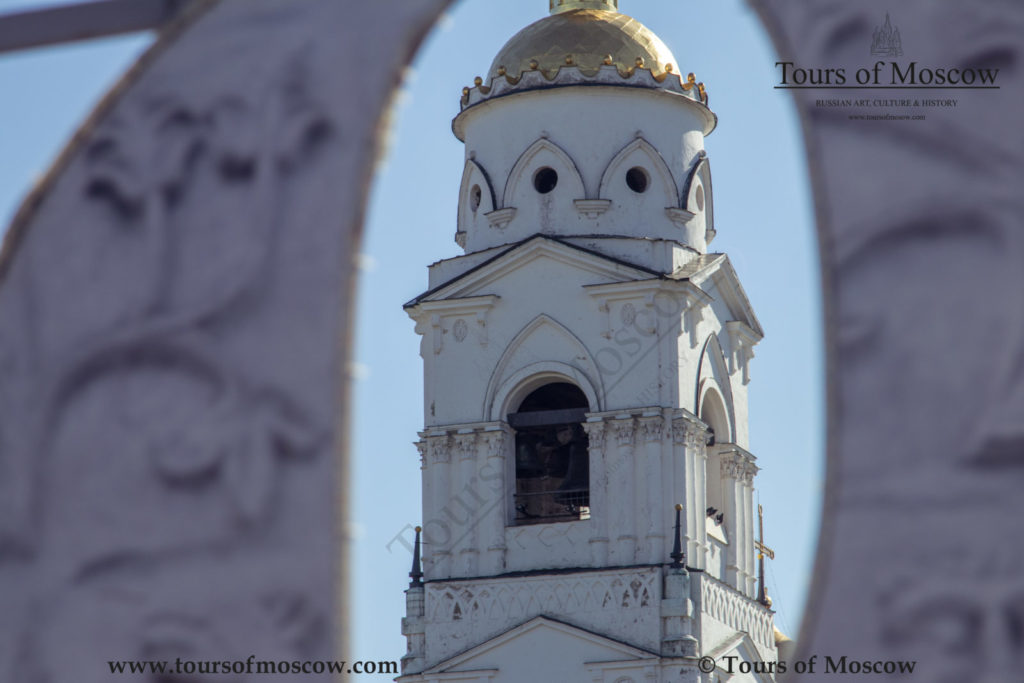 We will then visit the one-domed cathedral of St. Demetrius.
We will then visit the one-domed cathedral of St. Demetrius.
This is an equally ancient cathedral completed in 1197, during the reign of the Grand Prince Vsevolod the Big Nest (probably not named because of his dramatic hair-style but because had no fewer than fourteen children, thus earning for himself his sobriquet). The cathedral was consecrated in honour of Saint Demetrius of Thessaloniki. Being an important element of the White Stone architecture of the Golden Ring cities, the cathedral is also on the UNESCO World Heritage list.
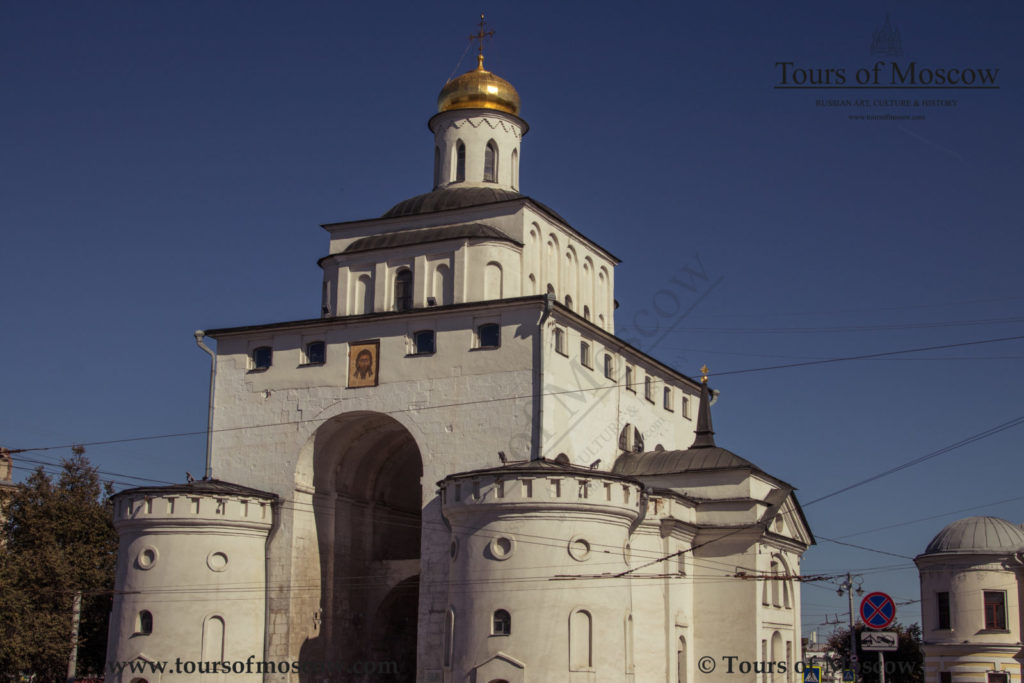 The Cathedral of St. Demetrius was originally connected directly with Vsevolod’s palace and built for his personal use. The palace no longer exists, and the church has been renovated many times since it was first built but it has kept is predominant features and iconography.
The Cathedral of St. Demetrius was originally connected directly with Vsevolod’s palace and built for his personal use. The palace no longer exists, and the church has been renovated many times since it was first built but it has kept is predominant features and iconography.
We will also see the Golden Gates, considered to be the door to Vladimir, built in the early XII century by Prince Andrei Bogolubsky, the Pious. In ancient times they served as the main military tower of the fortress.
Tour schedule:
Day 1
9.25-11.15 h departure with a fast train from Moscow to Vladimir
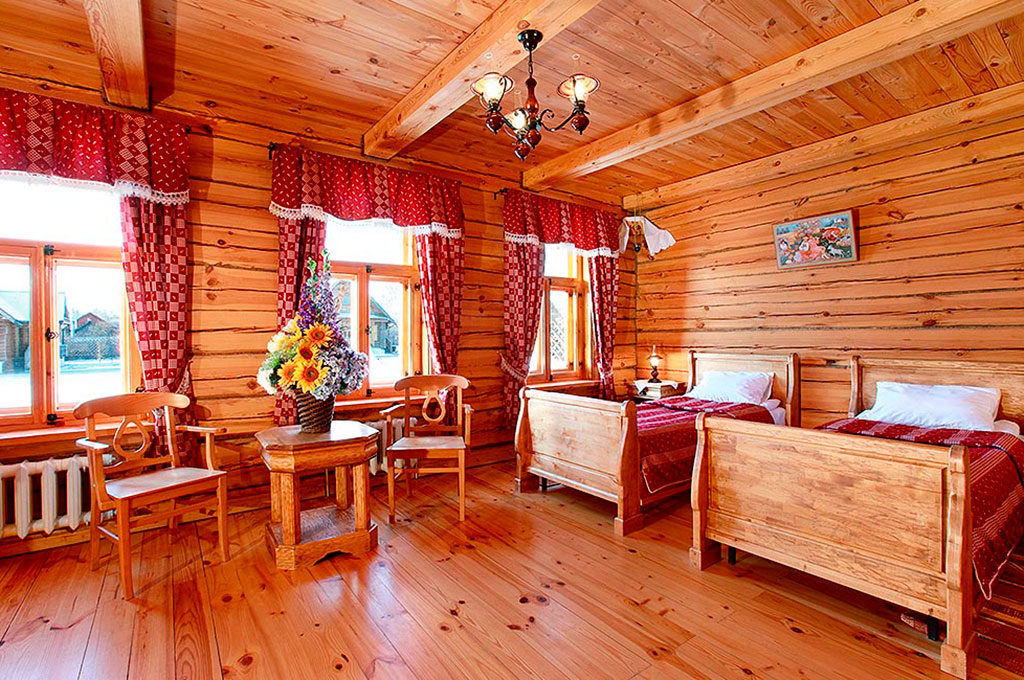 Transfer to the Hotel in Suzdal ( Usually I choose a place that looks like a typical Russian wooden House)
Transfer to the Hotel in Suzdal ( Usually I choose a place that looks like a typical Russian wooden House)
Suzdal tour program
Day 2
Free time to enjoy the town in and relaх till 17h
17-18h Master class in pelmeni in a welcoming home with a Russian host
18-20.00h Traditioanl Russian Banya experience (in a different home in the same street, you will be accompanied there)
20h — Back in the 1st house to enjoy your now cooked pelmeni and a dinner prepared by the family
Day 3
Going back to Vladimir with your guide, private transportation provided
Tour of Vladimir
Departure to Moscow with a quick train
17.44h-19.30h

